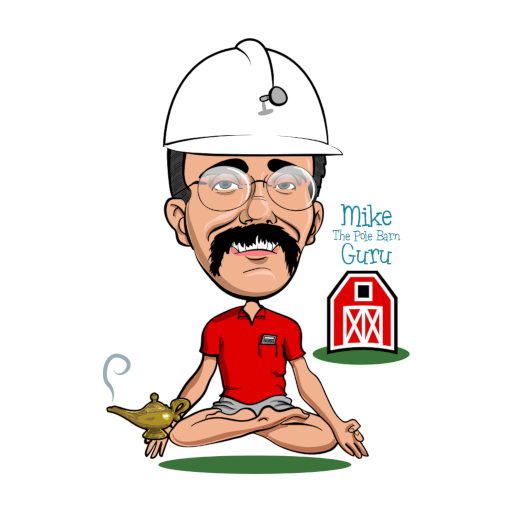How to Fix MANY Leaks on a New Steel Roof
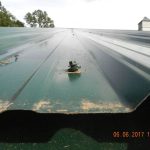 Reader GUY in SHELTON is probably wishing he would have ordered a new Hansen Pole Building right now. He writes:
Reader GUY in SHELTON is probably wishing he would have ordered a new Hansen Pole Building right now. He writes:
“Best way to fix MANY roof leaks on a guaranteed newly built pole barn with metal roof over 2-inch vinyl glass woven insulation. Purlins are on 2 feet centers with no underlayment. Thank you.”
Mike the Pole Barn Guru advises:
Sadly this makes my case for why clients should do their installations, as rarely do we ever find an instance of a D-I-Yer having roof leaks.
You need to put whomever installed your building on notice, following whatever procedure is outlined in your written contract with them. If there is no procedure outlined, send a certified letter, return receipt requested, to them, demanding prompt repair or replacement of leaking roof panels, as well as any metal building insulation underneath. Steel panels should never be installed over damp insulation, as this moisture can cause premature deterioration of panels and void steel manufacturer’s warranty. You might want to include that the repaired roof must be inspected by a representative of whomever manufactured your building’s steel panels and require them to sign off as to repair having been done adequately, so steel panel warranty is not compromised. You will want to pay careful attention to time frames, as Washington State only requires registered contractors to offer a one year warranty on materials and labor. Should you not get a prompt correction, you need to file a claim against their Contractor’s Bond (you may want to do this anyhow, as chances are you are not the only person this builder has done poor work for, and claims are paid in order filed). It may also behoove you to engage an attorney who specializes in construction law.
If a “random miss” occurs, repair is to have someone hold a wood block underneath the hole and drive a screw through the hole into the block. This is the manufacturer’s only approved repair for a missed screw.
Do NOT, under any circumstance, attempt to fix a missed screw hole with caulking.
Here is a short story about how I handled a similar situation, back when I was a builder: https://www.hansenpolebuildings.com/2014/09/omsi/
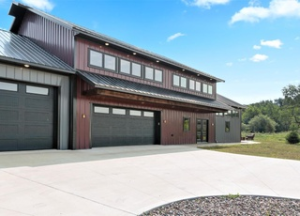 “Greetings – I’ve got a pole barn style home that’s about 2.5 years old and I’m having moisture issues in the attic. Hoping I can talk with someone to get a consult or second opinion to resolve as quickly as possible. Let me know if it is something you can connect on. Attached is an image from the attic where you can see moisture on the underside of the metal roof. It freezes at night and then during the day when the sun is out, it melts and drips into the attic insulation.
“Greetings – I’ve got a pole barn style home that’s about 2.5 years old and I’m having moisture issues in the attic. Hoping I can talk with someone to get a consult or second opinion to resolve as quickly as possible. Let me know if it is something you can connect on. Attached is an image from the attic where you can see moisture on the underside of the metal roof. It freezes at night and then during the day when the sun is out, it melts and drips into the attic insulation. 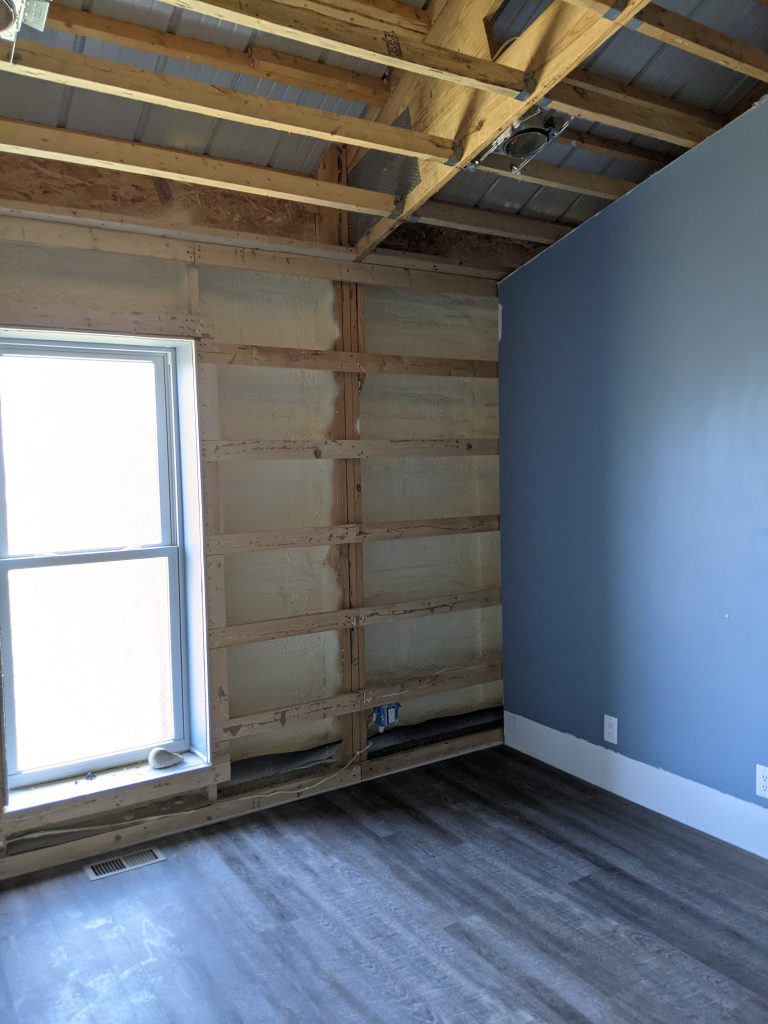
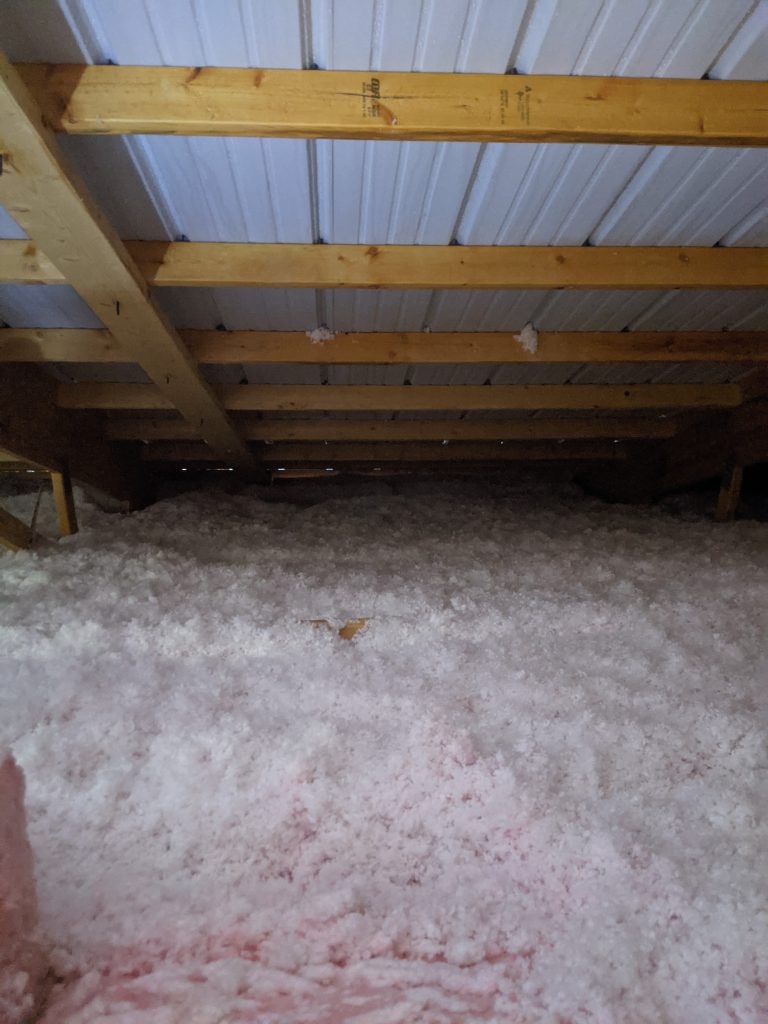
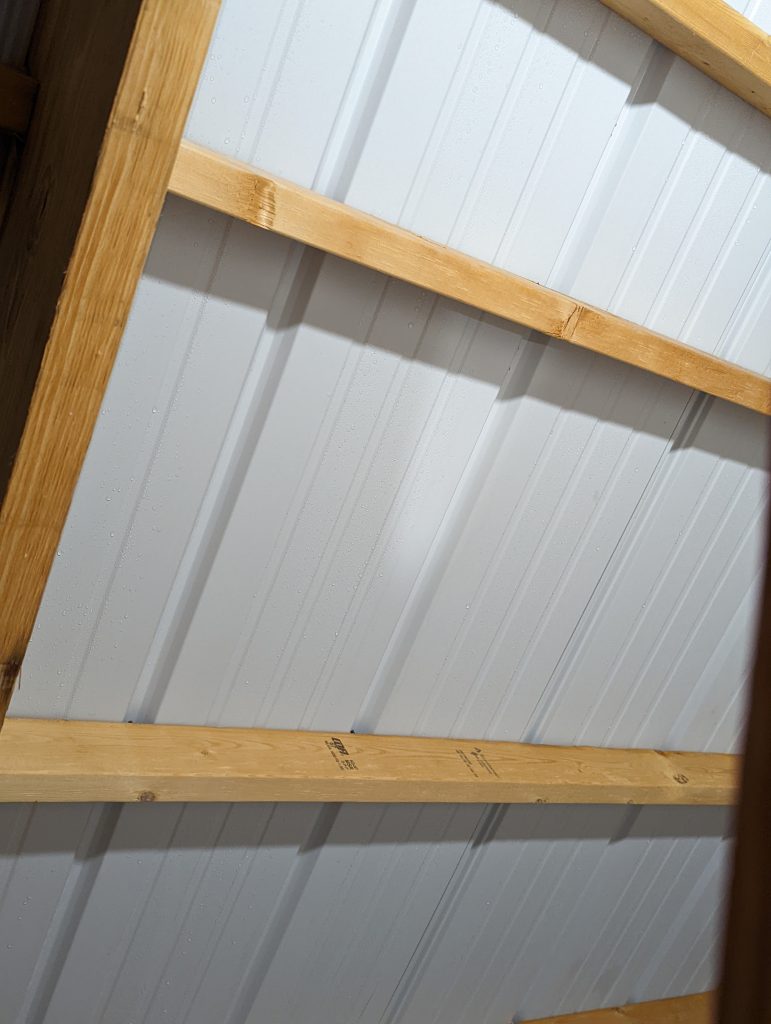
 Easiest solve is to have two inches of closed cell spray foam applied to underside of roof purlins. Any other solutions will take removal of roof steel panels, adding a thermal break, and then reinstalling roofing.
Easiest solve is to have two inches of closed cell spray foam applied to underside of roof purlins. Any other solutions will take removal of roof steel panels, adding a thermal break, and then reinstalling roofing.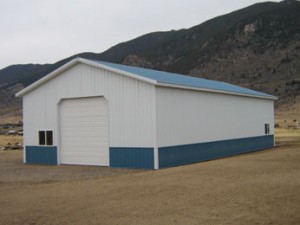 The short answer is, no, a metal roof will not make lightning more likely to strike, but it may make a lightning strike less dangerous if it occurs. That’s right, less dangerous, not more.
The short answer is, no, a metal roof will not make lightning more likely to strike, but it may make a lightning strike less dangerous if it occurs. That’s right, less dangerous, not more.